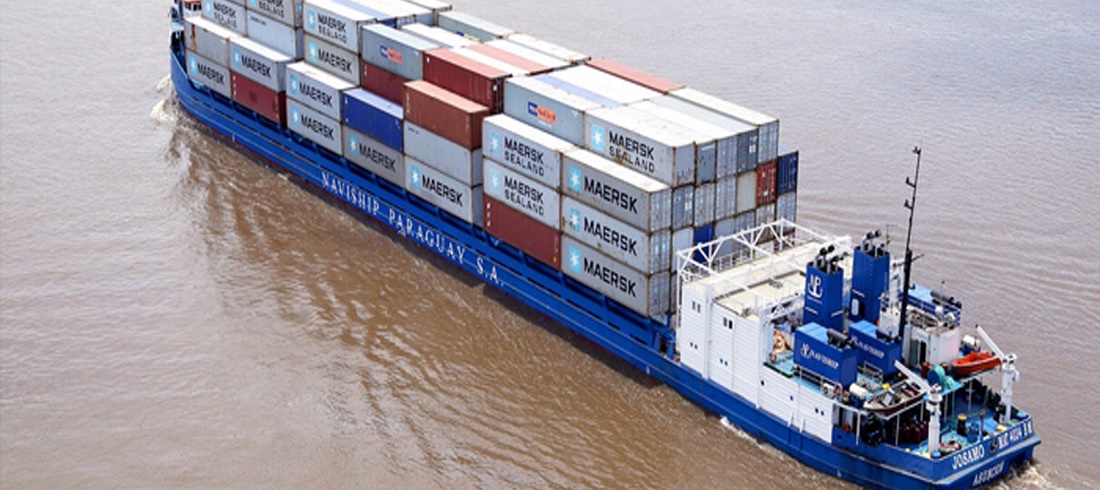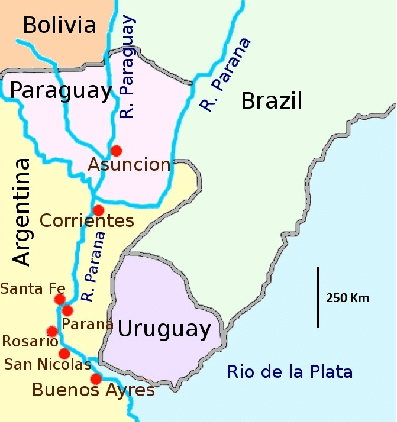
MODIFICATION IN MAXIMUM VESSEL DRAFT ON THE PARAGUAY RIVER
Sep, 20, 2020 Posted by Ruth HollardWeek 202038
On September 14, the Paraguayan Navy General Prefecture decided, through Resolution No. 91/20, to modify the maximum draft allowed for vessels on the waters of the Paraguay River, with the objective of safeguarding the navigability of the route.
For the stretch from Bahía Negra to Remanso Castillo, there will be a maximum draft of two meters for motor ships and tugboats with barges. For the stretch from Remanso Castillo to Villeta, there will be a maximum draft of 8 feet for motor ships and tugboats with barges. Finally, for the stretch from Villeta to the confluence with the Paraná River, there will be a maximum draft of 10 feet for motorized ships and tugboats with barges.
Despite this, the dredging works on the Paraguay and Paraná rivers carried out by Paraguay’s Ministry of Public Works and Communications (MOPC) enabled a savings of approximately US$ 100 million in freight prices. According to the agency, the dredging work did not interrupt the flow of imports and exports during the dry season and nor did the current situation due to the coronavirus pandemic (COVID-19).
Low water levels in the rivers directly affect the travel time by road to the main seaports. For example, a trip from Paraguay to Buenos Aires or Montevideo usually takes 15 days, but with the low river, it can take about 22 to 25 days. In addition, barges cannot operate at maximum capacity, but at only 60% capacity, which leads to economic losses. Other factors include higher fuel consumption, crew fatigue, and delay in the arrival of the goods.
Source: Portal Portário
-
Ports and Terminals
Jun, 20, 2024
0
May Cargo Throughput Data Released for Itajaí-Açu Port Complex
-
Grains
Feb, 09, 2023
0
Brazil to lead global exports of soy and corn
-
Ports and Terminals
Oct, 23, 2024
0
Brazil’s TCP Tops 2023 Total with Over Two Months Left in 2024
-
Ports and Terminals
Mar, 13, 2023
0
Brazil’s TMIB terminal enters fertilizer import market


